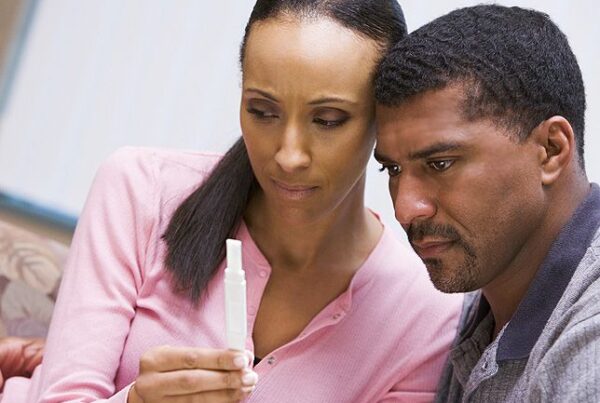When you are trying to conceive particularly when you know you have ovulated or after egg retrieval if undergoing an assisted reproductive treatment such as IVF, you would no doubt be concerned about the implantation process.
Generally, implantation—when a fertilized egg, which has divided, multiplied, and turned into a cluster of cells called an embryo (day 3) or blastocyst (day 5) attaches to the uterine wall—happens approximately between 6 to 10 days after ovulation.
This may seem like a detail that only concerns a fertility specialist, but knowing when implantation occurs is important to anyone trying to conceive.
Implantation timing influences both how to time sex for pregnancy and when to take a pregnancy test and ensure the most accurate results.
Implantation happens when a fertilized egg burrows into the uterine lining, attaches itself, and begins to grow. When this can occur is dependent on overall cycle length, which is not necessarily the same for all women.
Ovulation typically happens 14 days prior to the beginning of menstruation. An egg is released from either the left or right ovary, after which it will live for about 24 hours unless it is fertilized. If it is not, the uterine lining is sloughed off.
This doesn’t mean that you need to have sex at the exact moment of ovulation—just close to it.
That’s because sperm can live for four to seven days inside the female body and meet up with an egg making its way through the Fallopian tube to the uterus. Sperm then breaks through the barriers surrounding the egg to fertilize it.
The fertilized egg then travels the remaining way to the uterus, a journey that takes several days. Implantation itself usually occurs between 6 to 10 days after the egg is fertilized.
Pregnancy tests are very specific about their timing because they test for the presence of a hormone called human chorionic gonadotropin (HCG).
Because HCG is produced by a developing placenta, the body cannot produce it until after implantation happens. This is why the levels of HCG in the body will vary depending on how long after implantation you take a pregnancy test.
In the very early stages of pregnancy, there is likely very little HCG in the urine because there hasn’t been enough time between implantation and testing for it to build up in the body.
A pregnancy that has implanted four days prior to the expected start of your period is just beginning to send signals to the body. Testing this early is usually something that is not recommended unless there is a very specific reason, as false-negatives can occur.
You may not have any specific signs or symptoms to indicate that implantation has occurred, but a small number of women experience a phenomenon called implantation bleeding around this time.
Implantation bleeding usually involves only very light spotting but occasionally can be confused for a menstrual period because of the timing, or even a first-trimester miscarriage.
If you are tracking your basal body temperature (BBT) on a fertility calendar, a brief, one-day drop in BBT can occur during implantation.
This is commonly referred to as an implantation dip and can indicate pregnancy if you chart your BBT.
Typically, signs or symptoms of pregnancy do not occur immediately following implantation.
Although not always the case, most women start to experience early pregnancy symptoms like nausea, fatigue, and breast tenderness around the time of their missed period.
Most often implantation of an embryo happens without a hitch, but occasionally a problem may occur.
Occasionally, implantation occurs outside of the uterus. This is considered an ectopic pregnancy or tubal pregnancy because many of these pregnancies occur in the Fallopian tube. Some of these pregnancies also occur in places like the ovary, abdomen, or cervix. When the egg is not within the confines of the uterus, the pregnancy is not viable. But such pregnancies are rare.
While you can’t control when or where an embryo implants an issue that can occur is the failure of the embryo to implant. If this happens during a typical cycle of trying to get pregnant, you will likely have no way of knowing.
However, when using fertility treatments, you may know when an embryo does not successfully implant. When this happens three or more times in failed in vitro fertilization (IVF) attempts it is called recurrent implantation failure (RIF).
The causes of failure to implant are not always known but are thought to be a combination of uterine abnormalities (such as fibroids, polyps, or infection) and/or embryonic abnormalities (often chromosomal) and failure of the crosstalk between embryo and uterus due to the same hormonal abnormalities.
Implantation is a key milestone of the pregnancy journey, and understanding how and when it occurs can help you conceive and test.
The process of conception can seem daunting (and exciting), but know that as long as you regularly have sex, your chances of getting pregnant within a year are generally very high.




